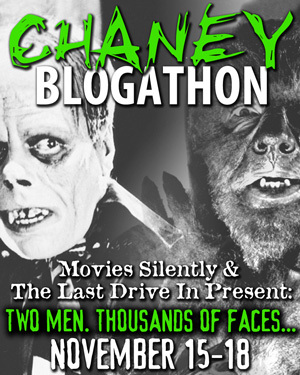I hope to contribute these articles this week:
Monday -- Dial HOllywood 9-2411 for Hitchcock
Tuesday -- Hitchcock -- Berdarold, Piccy, London
Wednesday -- Alfred Hitchcock, SRO, RKO, UA, Univ
Thursday -- Hitchcock -- Club: Royal Auto
Friday -- Hitchcock -- He Has Had a Non-Stop Career
Click on images to see larger versions. The image at the top of the page is a full-page ad from The 1963 Film Daily Year Book of Motion Pictures.
Alfred Hitchcock was a rare creative artist in the movie business, but he had to function within the studio system for most of his career. I wanted to document the way he fit in. To do this, I read through The 1948 Hollywood Reporter Production Encyclopedia. I also threw in a few items from the 1952 edition of the Encyclopedia.
Many industries publish annual books which describe the people who work in them and what they have accomplished. In the film industry, this was a useful way to determine whether someone who said he had worked for DW Griffth or CB DeMille really had. The Hollywood Reporter founded by William R Wilkerson, was a daily newspaper that reported on film industry issues. The yearly production encyclopedia was a useful compendium of industry information. Some of these annuals and many other valuable resources are available in the Media History Digital Library (http://mediahistoryproject.org/).
"Actors/Actresses - Their Credits for the Last Five Years" lists movie performers. Harold Lloyd has one credit, Mad Wednesday. Tom London, dependable western actor, had 10 credits in 1947, 16 in 1946, 16 for 1945, 17 for 1944 and 10 in 1943. Most were for Republic, but a few in 1943 were for RKO, PRC and Universal. Interspersed throughout the section, in fact throughout the book, are full or partial page ads for actors, directors, and other people. Most of the ads include logos for studios or agencies. Several studios have multi-page ads. The section concludes with a page for animals, including Cheta, Champion, Trigger, Ace (Bird) and Ace (Dog).
I like Bing Crosby's full page ad.
I've always loved Roy Rogers.
Hitchcock has one credit in the producers section, for one of my favorites, Notorious.
Hitchcock has four entries in the directors section. His two French-language shorts, made for the war effort, are not listed. Each is for a different studio. SRO is the Selznick Releasing Organization. Notice that Howard Hughes is listed for The Outlaw. His full page ad later in the book describes it as "The Most Popular Picture of All Times." Hah.
Cecil B De Mille's full-page ad is typically understated.
Joseph Valentine, Director of Photography for Rope, which must have been a great challenge, placed an ad in the cinematographers section.
In the art directors section, I spotted Van Nest Polglase, whose name always fascinated me in RKO credits. Set decorators also had a section, followed by editors and music. Assistant directors had a section.
Production credits for 1947 include Hitchcock's The Paradine Case, which is not one of my favorites. It was in production for 86 days. I included Out of the Past, one of my favorite noirs.
Notorious appears in the 1946 production credits.
The 1945 list includes Spellbound.
Lifeboat and Shadow of a Doubt, another favorite of mine, appear in the 1943 list.
The Unions, Guilds and Associations section includes famous ones like Actors' Equity and less famous ones like The Catholic Actors' Guild of America (Pat O'Brien, VP).
Hitchcock is listed as a contract director for Selznick International Pictures.
The awards section lists Hitchcock's one award, best direction for The Lady Vanishes.
I had to include this item from 1952 because I have always enjoyed seeing Patricia Hitchcock, Hitch and Alma's daughter. I also thought it was interesting to see Rose Hobart, subject of Joseph Cornell's famous 1936 experimental film "Rose Hobart."
Hitchcock had two producer credits in 1952, for Rope and Strangers on a Train, both released through Warner Brothers.
Hitchcock had five director credits, for The Paradine Case, Rope, Under Capricorn, Stage Fright and Strangers on a Train. I also had to throw in Lambert Hillyer, prolific director of movies and television shows.
The production section included three of his movies, Strangers on a Train, Stage Fright and Under Capricorn.
Thank you to Ferdy on Films (http://www.ferdyonfilms.com/), The Self-Styled Siren (http://selfstyledsiren.blogspot.com/) and This Island Rod (http://thisislandrod.blogspot.com/) for organizing this blogathon. I'm having fun and learning.
Please consider donating to the National Film Preservation Foundation. For the Love of Film III is raising money to place The White Shadow, a 1923 Graham Cutts movie on which Alfred Hitchcock served as assistant director, on the internet for free viewing.












































2 comments:
I love these documents you dig up. And what I would give to be as well known as Crosby and have a full-page ad with only my first name.......
Tinky: I guess being known by one would be kind of cool. I was happy I found the listing for Patricia Hitchcock.
Post a Comment